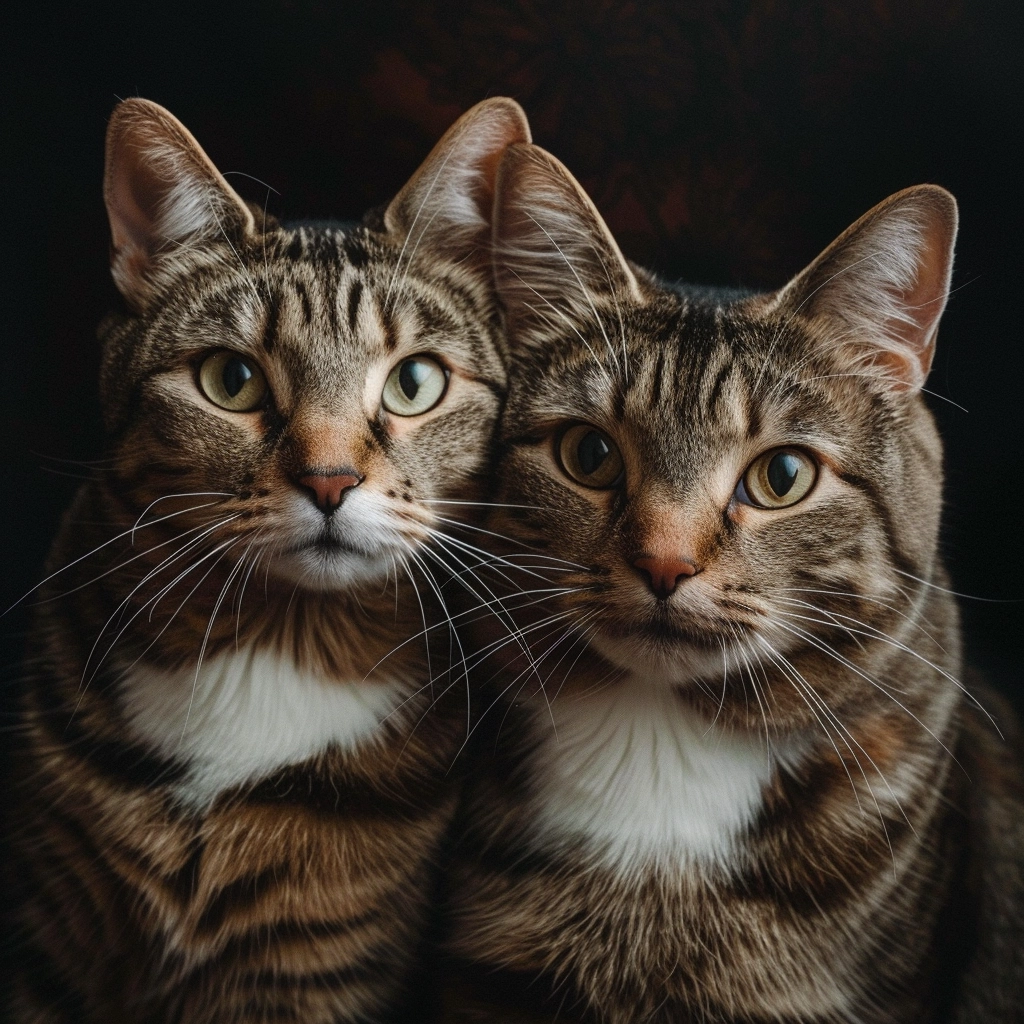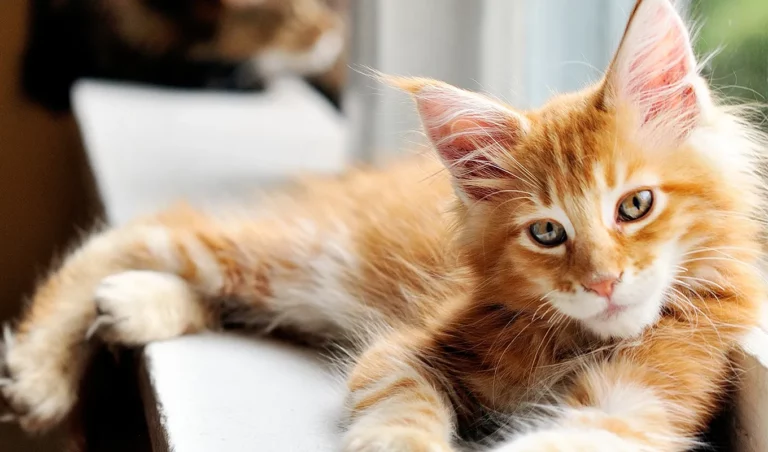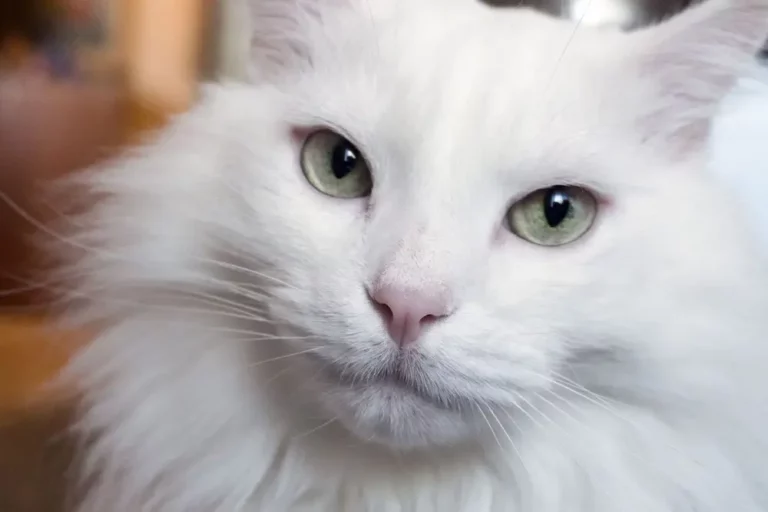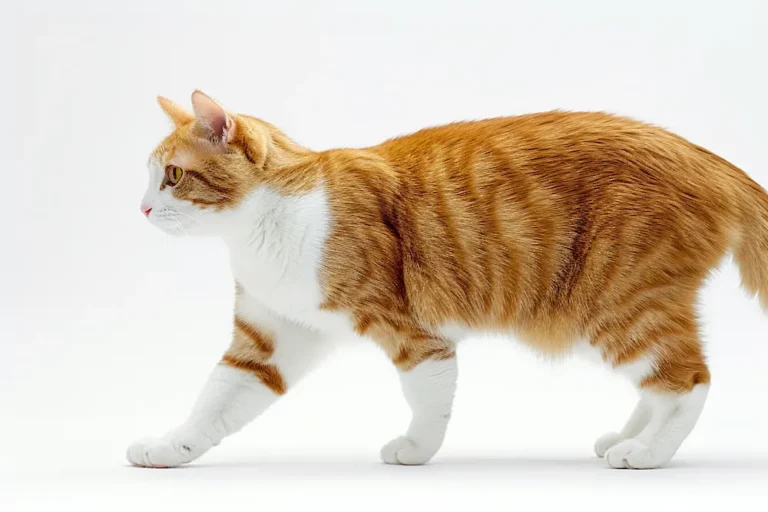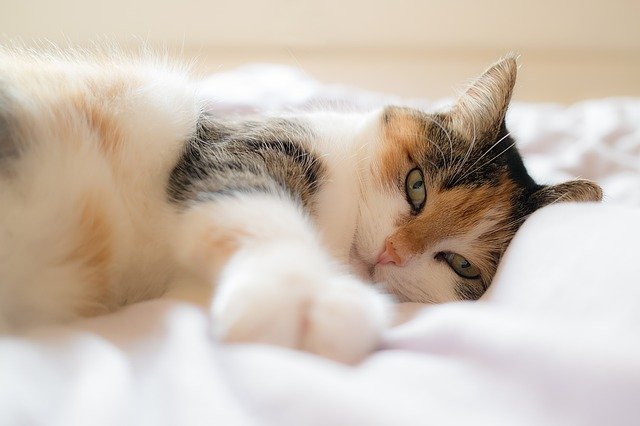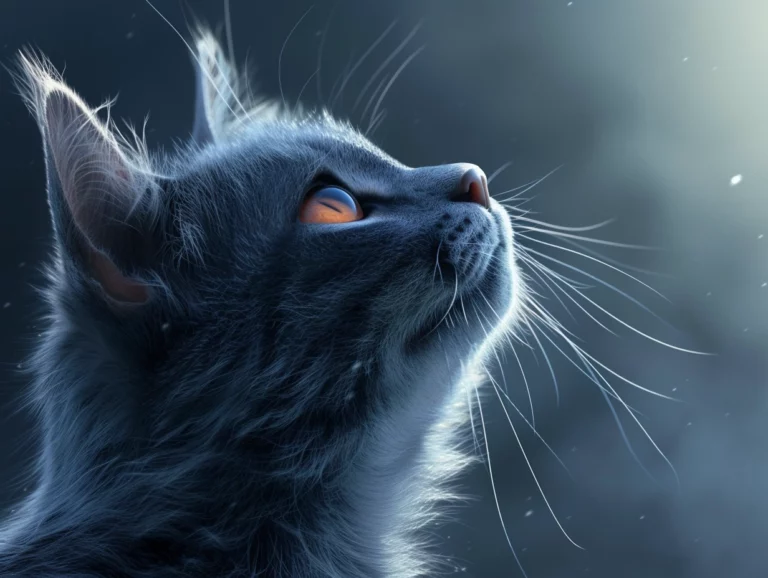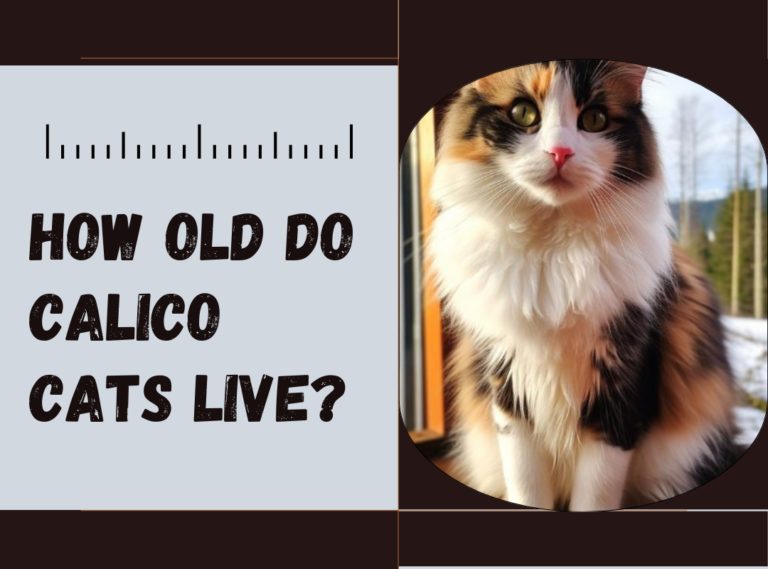13 Most Popular Cat Breeds & Their Unique Traits
Ever wondered which
With countless feline companions vying for the top spot in our hearts and homes, it’s fascinating to see which breeds stand out in the crowd.
And what makes one breed more popular than another?
I’ve always been curious about what drives the popularity of certain
Is it their temperament, their Instagram-worthiness, or perhaps their majestic looks?
For instance, did you know that 55% of
This and other surprising facts about
In this text, I’ll jump into the 13 most popular
Whether you’re a seasoned
Let’s discover together what makes these breeds so irresistible.
Uncovering the Charm of Ragdolls
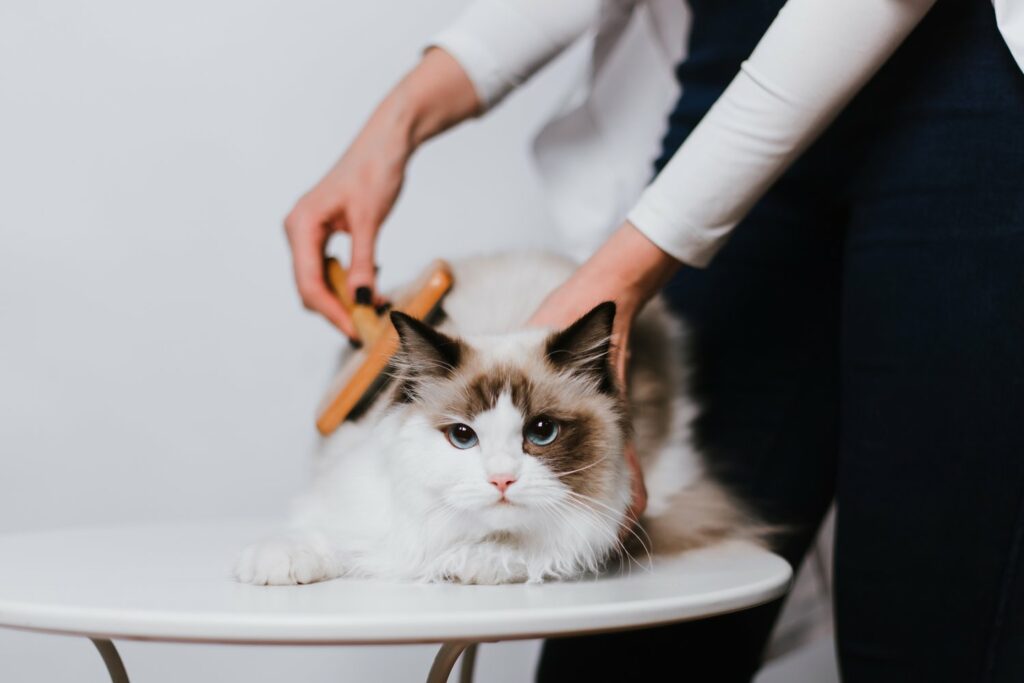
Diving into the world of
Let’s explore what makes these cats a beloved choice among pet owners.
A Short History
I’ve always been fascinated by how
Developed in California in the 1960s, they’re a relatively new breed, but their popularity has skyrocketed.
The person credited with their creation, Ann Baker, wanted a
She achieved this by selectively breeding cats with desirable traits, resulting in the Ragdoll we know and love today.
These cats are known for their striking blue eyes and plush, color-point coats – qualities that make them stand out in the feline world.
Besides, Ragdolls are larger than many other breeds, with males sometimes reaching 20 pounds. Their size, combined with their bushy, silky coats, gives them a majestic appearance.
Why does this history matter?
Understanding the breed’s beginnings helps us appreciate not just the aesthetic qualities of the Ragdoll but also their gentle, affable nature.
Ann Baker’s focus on temperament has given us a pet that is not only a joy to look at but also to live with.
Hence, when you bring a Ragdoll into your home, you’re getting a piece of pet breeding history that’s focused as much on the animal’s personality as on its looks.
Ragdolls have a knack for making their humans fall in love with them. It’s partly their looks – who can resist those eyes and that fluffy coat?
But, it’s also their demeanor.
They tend to go limp when picked up, hence the name ‘Ragdoll’.
This trait, combined with their serene and friendly disposition, makes them excellent companions, especially in homes looking for a mellow and affectionate pet.
Hence, if you’re considering adding a
Their unique blend of history, size, and personality traits makes them a distinctive and cherished breed among
Whether you’re a seasoned
Delving into the Majesty of Maine Coons

After exploring the charming qualities of Ragdolls, let’s jump into the grand world of Maine Coons.
These felines are not just any ordinary cats; they’re a marvel in the feline kingdom.
Origin Stories
Maine Coons hold a special place in the heart of America, not only for their impressive size but for their rich history that’s as captivating as their appearance.
Contrary to what their name might suggest, Maine Coons are not from some exotic land but are native to North America, specifically, Maine, where they are proudly named the official state
The origins of Maine Coons are shrouded in mystery and folklore.
One popular tale suggests they are the result of breeding between semi-wild domestic cats and raccoons.
While biologically impossible, this tale amusingly hints at their bushy tails and large size.
Another story proposes that they descend from the long-haired cats belonging to Marie Antoinette, which were sent to America for her escape during the French Revolution.
In reality, the Maine Coon likely evolved from the breeding of pre-existing domestic cats and long-haired breeds brought over by seafarers.
What’s undeniable is their historical role in rural American communities, where they were treasured for their hunting prowess, particularly in catching mice.
This has molded them into the rugged, resilient, and remarkably friendly creatures we adore today.
So, what can we learn from their storied past?
For starters, Maine Coons are the epitome of survival and adaptation.
Their thick, water-repellent fur was their armor against the harsh New England winters, and their large, tufted paws acted as snowshoes.
It’s this blend of functionality and beauty that endears them to so many.
Understanding their origin not only enriches our appreciation for Maine Coons but also highlights the importance of their preservation.
They’re not just pets; they’re a living piece of American history, walking, purring, and occasionally napping in our homes.
For those considering welcoming a Maine Coon into their life, remember, you’re not just getting a pet.
You’re adopting a legend, a creature that carries the wild heart of America in its gentle paws.
Hence, cherish them, not just for their majestic appearance, but for their historical significance and the warmth they bring into our homes.
The Unique Allure of Siamese Cats
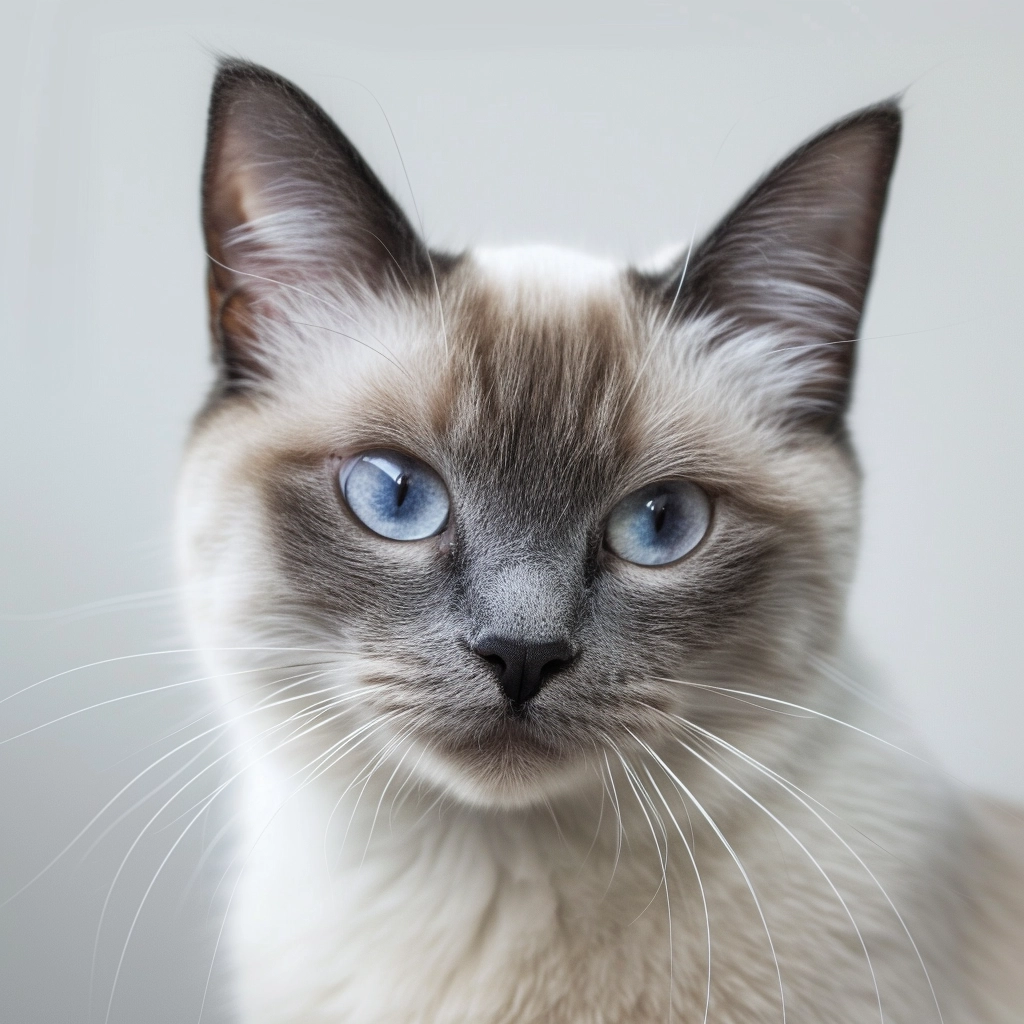
Following the fascinating journey through the world of Ragdolls and the majestic Maine Coons, let’s pivot to a breed that is equally captivating but distinct in its charm—the Siamese
Known for their striking appearance and vibrant personality, Siamese cats have a special place in the hearts of
Historical Background
The Siamese
This illustrious background contributes to their regal demeanor observed today. Coming into the Western world in the late 19th century, Siamese cats quickly captivated
Understanding a Siamese
This historical context explains their need for attention and strong bonds with their humans.
Also, their distinctive vocalizations were likely a form of communication in the bustling courtyards of ancient Siam.
This trait has been passed down through generations, making today’s Siamese one of the most talkative breeds.
They don’t just meow; they carry conversations, making them excellent companions for those who enjoy interactive pets.
The Siamese breed has also contributed genetically to many other breeds, like the Oriental Shorthair, which further demonstrates their significant role in the
Their influence extends beyond their lineage, embodying a legacy of elegance, intelligence, and companionship that few breeds can match.
Hence, when you meet a Siamese, you’re not just encountering a
Their insistence on being a central part of your life isn’t just a trait; it’s a testament to centuries of coexistence with humans, making them uniquely attuned to human emotions and company.
Understanding the historical backdrop of the Siamese breed, it becomes clear why they possess such a compelling allure.
Their past intertwines with human history in a way that enriches their presence in our lives today, blending the mystical allure of ancient Siam with the undeniable charm of a pet who adores being the center of attention.
Exploring the Regal Persian Breed

Diving into the world of Persians, we uncover a breed that’s not just about luxurious coats and serene expressions.
As we investigate deeper, it becomes clear that the Persian
Ancient Roots
When I think about the Persian breed, images of lavish royal courts and plush velvet cushions come to mind.
And it’s no wonder why.
The Persian
This breed was brought to Europe by merchants and travelers, where it quickly became a symbol of exotic luxury and sophisticated taste among the nobility.
The Persian’s long, flowing coat isn’t just for show; it served a practical purpose, protecting them from the chilly mountain climates of their homeland.
Over centuries, selective breeding refined these cats into the fluffy marvels we adore today.
They’re a fascinating example of how human preferences shape the appearance and demeanor of domestic animals.
Understanding the Persian’s ancient roots presents a clearer picture: these cats are more than just pets.
They’re living pieces of history, carrying the legacy of their ancestors with every graceful step.
Hence, when you bring a Persian into your home, you’re not just adopting a
For those considering a Persian as a companion, think of them as yet another thread in the rich world of our shared human-animal history.
Their tranquil demeanor and plush appearance have made them beloved by
But, it’s their storied past that truly sets them apart, offering a rare blend of history, beauty, and companionship.
So, as you look into those deep, expressive eyes of a Persian, remember, you’re gazing into the heart of ancient civilizations and royal legacies.
It’s this remarkable blend of the past and present that makes the Persian breed not just popular, but profoundly special.
The Compact Beauty of British Shorthairs
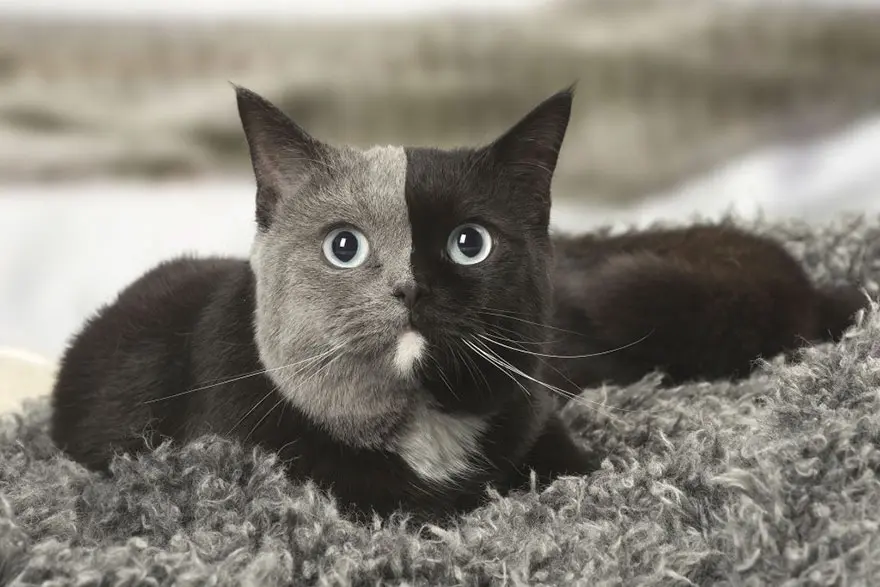
After diving into the luxurious and storied world of Persians, let’s shift gears to another equally fascinating breed: the British Shorthair.
Known for their dense, plush coats and their stocky, robust physique, British Shorthairs bring a unique blend of strength and softness to the feline form.
Here’s what makes this breed stand out.
Ancestry and Development
Tracing the lineage of the British Shorthair takes us back to the streets of the United Kingdom during the Roman invasion.
These cats, originally valued for their hunting prowess, have undergone a significant transformation.
Originally street cats, they were bred with imported Persian cats in the late 19th century, mixing the British
This crossbreeding led to the British Shorthair as we know it today: a
But it’s not just about their physical prowess. British Shorthairs carry a legacy of companionship and resilience.
Their development mirrors the United Kingdom’s history—robust and enduring, standing strong through generations.
This breed, once roaming the alleys and fields, now graces homes with its serene and amiable presence.
Renowned for being emotionally intelligent, British Shorthairs have a way of syncing with their human families.
They are on par with dogs when it comes to learning house rules, making them an excellent choice for a family pet.
Their intelligence means they can be trained, but their independent nature tells us they’ll do things their way, often presenting a delightful mix of obedience and stubbornness.
The coat of the British Shorthair is another marvel.
Thick, soft, and designed to protect against the British weather, it requires surprisingly low maintenance.
A weekly brush is often enough to keep their coat in splendid condition, making them a practical option for busy individuals who long for feline companionship without extensive grooming sessions.
The Exotic Appeal of Bengal Cats
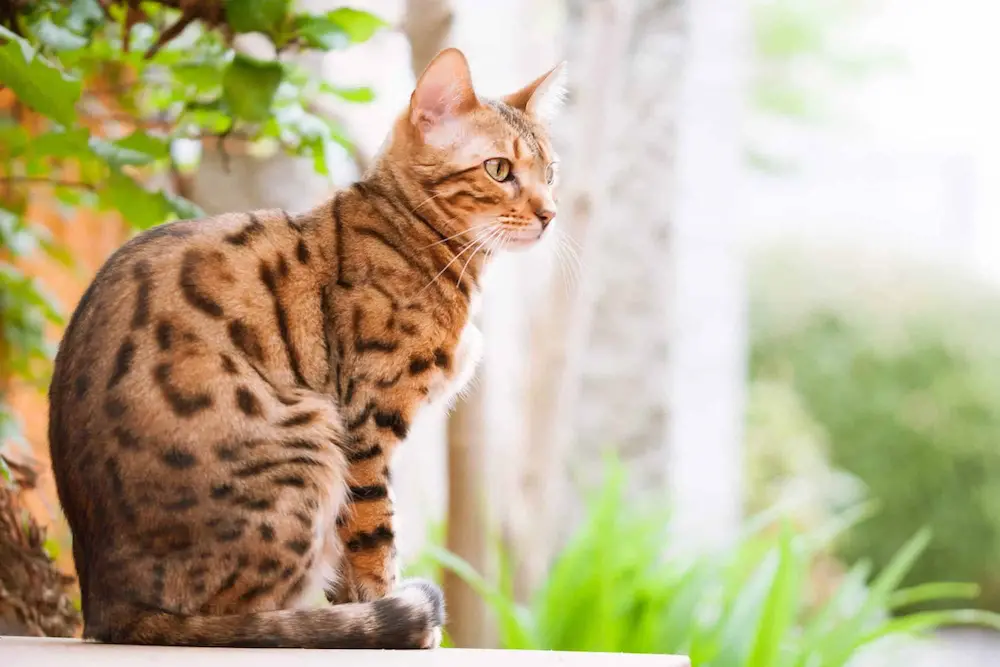
After diving into the luxurious world of Persian cats and the sturdy charm of British Shorthairs, let’s explore something wildly different – the Bengal
What sets Bengals apart isn’t just their stunning looks; it’s their fascinating backstory.
They’re not your average lap
Hybrid Origins
Bengal cats are a marvel of nature, blending the wild essence of the Asian leopard
Picture this: a
This isn’t just a flight of fancy; it’s a real creature, loving and living among us.
The journey to create the Bengal breed wasn’t simple. It involved careful, ethical breeding practices that began in the 1960s.
The primary aim was to capture the splendid, wild looks of the Asian leopard
The first successful hybridization of this sort was achieved by Jean Sudgen Mill in the 1970s, who tirelessly worked to perfect this striking breed.
What emerged was a
Bengals carry themselves with an air of the exotic, their appearances ranging from the deeply hued ink spots to lighter, more whimsical patterns, each
Here’s where practical advice comes into play: if you’re considering a Bengal for your next pet, remember their high energy levels and need for mental stimulation.
Provide them with puzzle toys, climbing trees, and lots of interaction.
Bengals thrive on attention and activity, so they’re perfect for someone who enjoys engaging with their pet throughout the day.
Besides, it’s important to source your Bengal from a reputable breeder. Given their special origins, these cats can sometimes face specific health challenges.
A well-informed breeder can provide a healthy, happy kitten, with guidance on keeping your Bengal thriving.
Bengals are a testament to the beauty that can arise from mindful, considerate breeding – a majestic, loving companion that bridges the wild and the tame.
They’re not just pets; they’re a conversation starter, a piece of the jungle in your living room, and a constant reminder of nature’s wonders.
Discovering the Svelte Abyssinian
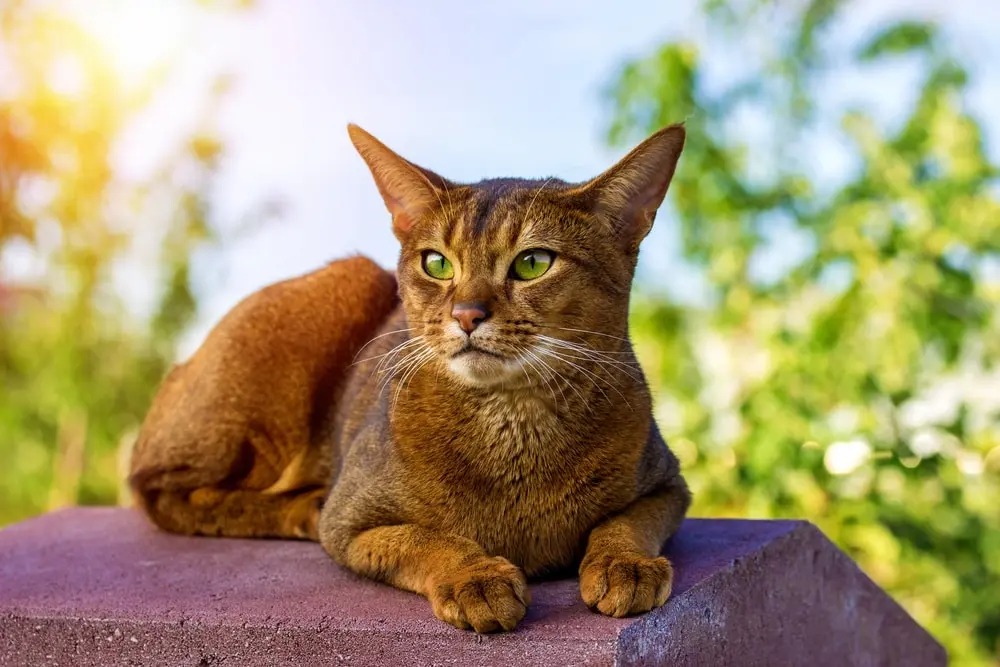
After exploring the grandeur of Bengals and their bridge between the wild and the domestic, let’s jump into the world of one of the most agile and graceful
Known for their slender bodies and vibrant personality, Abyssinians hold a special place in the hearts of
Early History
The Abyssinian’s lineage traces back to the 19th century, yet their precise origins remain somewhat of a mystery.
It’s widely believed that these cats resemble the sacred cats of ancient Egypt, depicted in their art and artifacts.
Their name, but, comes from Abyssinia, now known as Ethiopia, where they were supposedly exported to Britain.
Even though this, genetic studies suggest their roots might be along the coastal regions of the Indian Ocean and parts of Southeast Asia.
Hence, while their early history might not be crystal clear, it’s evident that Abyssinians have a rich and storied past, contributing to their exotic and mystique appeal.
To bring this history to life, think of the Abyssinian as the Indiana Jones of the
These cats, with their elegant, lithe bodies and alert ears, seem like they’ve just stepped out of an Egyptian fresco, ready to explore the modern world with the same curiosity that must have captured their ancestor’s hearts centuries ago.
But, it’s not just their looks that captivate; it’s also their spirited disposition.
Abyssinians are known for their intelligence and playful nature.
They’re not the type to lounge around all day. Instead, they prefer climbing to the highest points they can find and getting involved in whatever their human companions are doing.
This makes them wonderful pets for families that can dedicate time to engage with their curious and active natures.
Besides, Abyssinians are somewhat low maintenance when it comes to grooming, thanks to their short, silky coats.
A weekly brush is often all it takes to keep their fur in prime condition, making them an excellent choice for those who admire beauty without the high maintenance.
The Curious Case of the Scottish Fold

When you first set eyes on a Scottish Fold, its distinctive appearance immediately captures your attention.
The breed is well-known for its unique, folded ears, setting it apart from other feline companions. But, there’s so much more to these cats than meets the eye.
Mutation Marvel
The hallmark folded ears of the Scottish Fold are the result of a genetic mutation.
This mutation affects the cartilage throughout the body, causing the ears to fold forward and downward, giving the
It’s interesting to note that not all Scottish Fold kittens are born with folded ears; some have straight ears but can still carry the gene responsible for the trait.
Let me walk you through a bit of genetics to clarify.
When a Scottish Fold mates, the offspring can inherit the gene responsible for the folded ears if at least one parent carries the gene.
But, breeding two Scottish Folds with folded ears is discouraged because the gene can also cause cartilage issues in other parts of the body, potentially leading to arthritis or other health problems.
Hence, responsible breeders will often mate a Scottish Fold with a breed that has straight ears to maintain ear health and diversity.
Caring for a Scottish Fold requires some knowledge of its unique needs due to this mutation.
Regular vet check-ups are essential to monitor their health, specifically for signs of arthritis or cartilage issues that might affect their mobility or comfort.
Besides, their ears need extra attention during grooming to ensure they are clean and infection-free, as the unique fold can trap dirt and oils.
In essence, the Scottish Fold is a marvel of mutation, resulting in their iconic folded ears.
But, it’s this same genetic feature that necessitates mindful breeding practices and specialized care to ensure these charming cats live a happy, healthy life.
From their irresistible owl-like appearance to their affectionate, calm temperament, Scottish Folds make wonderful pets for those prepared to meet their needs.
To sum up, while the Scottish Fold’s ears might be the first thing to draw you in, it’s their sweet nature and the care they require that will truly capture your heart.
If you’re considering bringing a Scottish Fold into your life, remember to research reputable breeders and prepare for some extra grooming and vet visits to keep them in tip-top shape.
The Plush World of Siberians
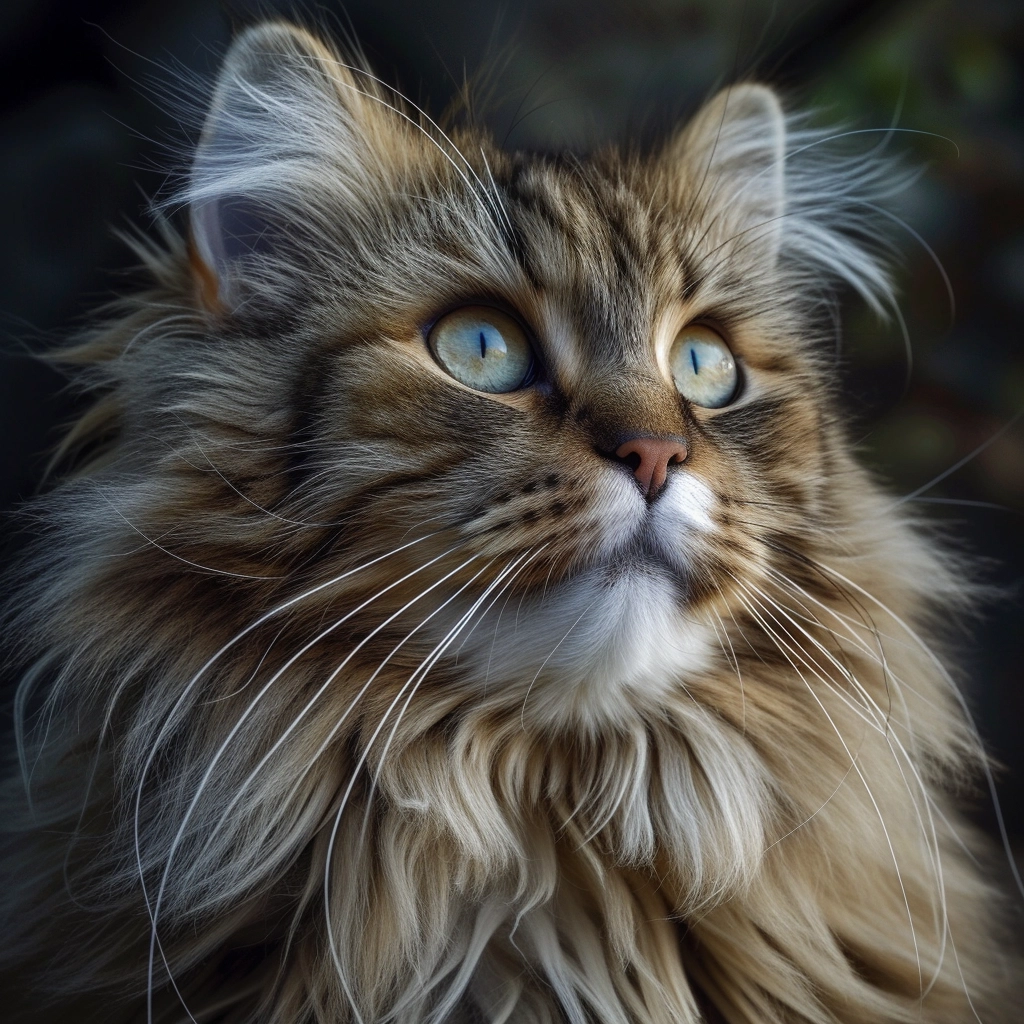
Diving into the plush world of Siberians, we’re unveiling a breed that’s as enchanting as it is fluffy.
Originating from the frosty landscapes of Russia, these felines carry a certain mystique with their luxurious coats and piercing eyes.
From Russia with Love
The legend of the Siberian
Hailing from Russia, they’ve been warming laps and hearts for centuries.
Imagine these majestic creatures exploring the snowy Siberian terrain, their thick coats protecting them from the cold.
That’s right, their lush fur isn’t just for show—it’s a survival feature that’s as practical as it is beautiful.
Siberians are the epitome of adaptability.
They evolved in harsh climates, making them incredibly hardy.
Their undercoat is waterproof, believe it or not, which is a blessing when it comes to spring melts or those notorious Russian winters.
It’s like they’re wearing a built-in snowsuit!
Let’s talk personality.
Siberians are the friendly giants of the
They’re the perfect companion for snuggles on a cold night, but don’t be fooled—these cats have energy to spare.
They are agile and love to play, making them fantastic companions for families with children or other pets.
But how do you bring a piece of this Russian heritage into your home?
First, understand their grooming needs.
That luxurious coat does require maintenance.
I recommend a weekly brushing session to keep their fur in tip-top shape and minimize shedding.
Trust me, it’s a bonding experience they’ll come to love.
For potential Siberian owners, it’s vital to prepare for a vocal roommate.
They’re known to express their opinions, especially when it’s mealtime or they’re in need of cuddles.
Listening to their chirps and purrs is part of the charm, adding to the lively atmosphere of your home.
Summarizing, welcoming a Siberian into your family means inviting a piece of Russian folklore to live with you.
Their resilience, coupled with their loving nature, makes them more than just pets; they’re companions for life.
Remember, adopting a Siberian isn’t just about giving them a home—it’s about embracing their spirited personality and caring for their distinctive needs.
Get ready for a journey filled with fluff, fun, and lots of furry love.
Embracing the Exotic Shorthair
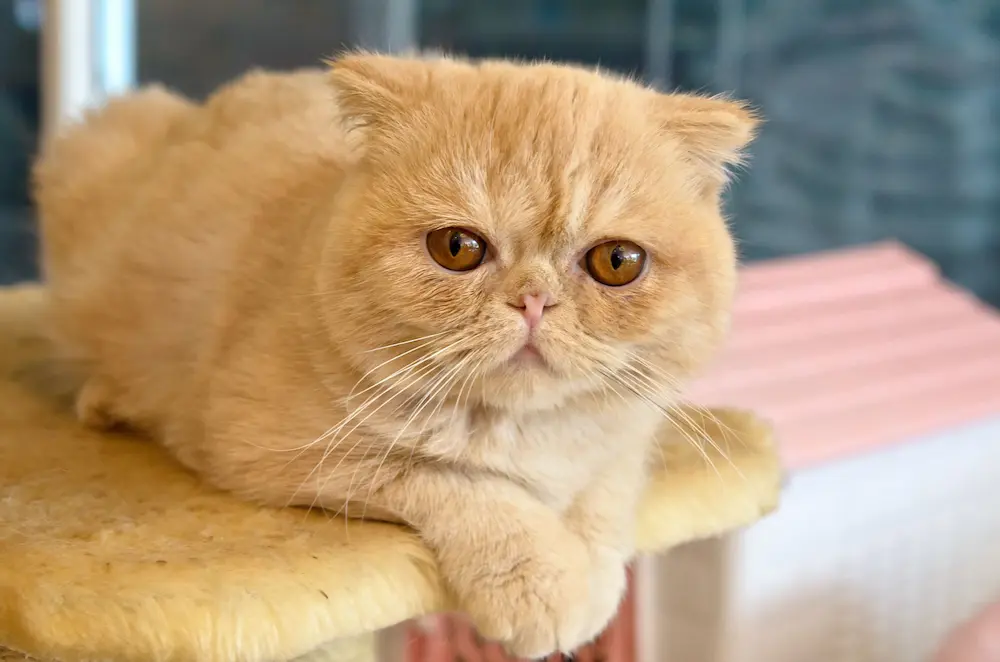
Transitioning from the Siberian’s lush coat to the distinctive charm of the Exotic Shorthair, we investigate into a breed that marries the best of two worlds.
Imagine the luxurious plush of the Persian with a twist – that’s where the Exotic steps in.
A Twist on Persians
Having a Persian in your life means embracing a flurry of grooming challenges, but what if you could have that opulent look with less upkeep?
That’s exactly what the Exotic Shorthair offers.
Think of it as the Persian’s laid-back cousin, boasting the same round face, big eyes, and snub nose, but with a shorter, easier-to-manage coat.
Developed in the 1960s by crossing Persians with American Shorthairs, and occasionally Russian Blues or Burmese, the Exotic Shorthair was intended to resemble a Persian but without the grooming demands.
Its coat, dense and plush, gives it a teddy bear appearance, combining the Persian’s luxurious aesthetic with a low-maintenance twist.
For illustrative purposes, imagine you’re wearing a glamorous, floor-length fur coat (the Persian) versus sporting a deluxe, yet practical, winter jacket (the Exotic Shorthair).
Both serve the purpose of looking fabulous and keeping you warm, but one is decidedly easier to maintain and maneuver in day-to-day life.
One of the most engaging aspects of the Exotic Shorthair is its personality.
They inherit the Persian’s gentle, affectionate nature, making them outstanding lap cats.
Yet, they often display a playful side reminiscent of the American Shorthair, with a dash of curiosity and liveliness thrown into the mix.
When it comes to caring for an Exotic Shorthair, the rules are simple.
Regular brushing, while less intensive than for Persians, is still necessary to remove loose hair and prevent mats.
Their eyes, particularly in those with flatter faces, require periodic cleaning to prevent tear stains.
So, if you’re yearning for the glamour of a Persian but your lifestyle demands practicality, the Exotic Shorthair is a perfect choice.
They bring a unique blend of elegance and ease that’s hard to resist, making them an ideal companion for those who cherish the Persian look but are short on grooming time.
The Playful Spirit of Devon Rex Cats

Devon Rex cats, with their mischievous gaze and pixie-like features, truly stand out in the feline world.
Their wavy coats and large ears not only set them apart visually but hint at a playful and quirky personality that’s hard to resist.
Emergence of the Breed
The Devon Rex breed first made its appearance in the late 1950s in Devon, England.
I can’t help but marvel at the story of how this breed came to be—it was almost as if nature decided to throw a curveball.
A single, curly-coated stray
This stray
What’s fascinating about the Devon Rex is its genetic distinction from other rex breeds, such as the Cornish Rex, with which it is often confused.
Even though having a similar look, the gene causing the Devon Rex’s curly coat is entirely different from that of the Cornish Rex.
This genetic twist of fate means that the Devon Rex has a coat that is not only soft and wavy but also sheds less than many other
Understanding where the Devon Rex comes from is essential for any potential owner, not just for the sake of trivia but to fully appreciate the unique combination of traits that define this breed.
Its origin story also reminds us of the importance of preserving the health and distinctive features of the breed through responsible breeding practices.
As a breed that emerged almost by accident, the Devon Rex serves as a reminder of the unpredictability and beauty of nature.
They’re a testament to how a single genetic mutation can give rise to a whole new breed, bringing joy and companionship to humans with their affectionate nature and playful antics.
So, if you’re considering bringing a Devon Rex into your home, remember you’re not just getting a pet; you’re getting a piece of living history, a creature that captures the whimsy and unpredictability of evolution right in your living room.
Whether you’re enthralled by their unique look or their cheeky personality, the Devon Rex is sure to fill your home with laughter, love, and a bit of mischief.
The Graceful American Shorthair
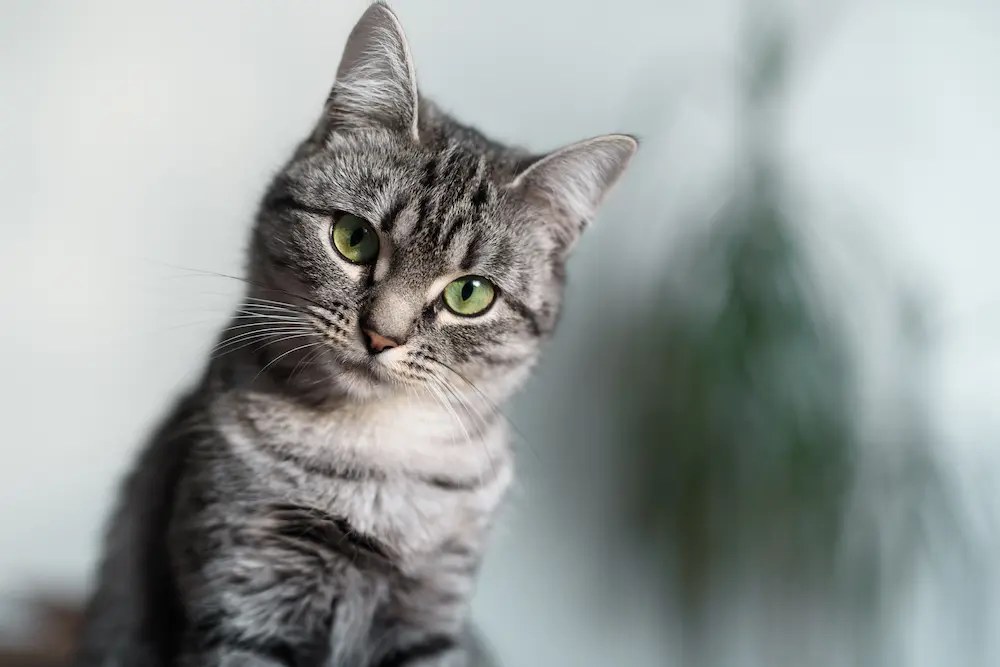
Following the lively and distinct characteristics of the Devon Rex, let’s shift our focus to a breed known for its robust health and adaptable nature: the American Shorthair.
This
I’ve always been fascinated by how well they blend into different family environments, making them an excellent choice for many.
Historical Significance
The American Shorthair’s journey to becoming a beloved household pet is as captivating as its demeanor.
Originally, these cats arrived in North America from Europe, accompanying early settlers to protect valuable cargo from mice and rats.
It’s incredible to think that their journey across the ocean laid the groundwork for a breed that would become a staple in American homes.
The breed was officially recognized in the early 20th century, underlining its importance and distinctiveness in the
This breed’s resilience and hunting prowess were invaluable to early American settlers, providing a practical solution to pest control while forging a bond between humans and felines that has lasted for centuries.
Today, while the American Shorthair may not need to catch their dinner, those instincts remain, embodied in a
Drawing from this rich history, I find it fascinating how the American Shorthair has retained its utility while evolving into a beloved companion, showcasing the adaptability and enduring appeal of this breed.
It’s a testament to their resilience and the deep bond they have forged with humans across generations.
Hence, when you adopt an American Shorthair, you’re not just getting a pet; you’re welcoming a piece of living history into your home.
Their historical significance extends beyond their role as mousers.
These cats were so valued for their robust health and adaptable nature that they were one of the first five breeds recognized by the CFA (Cat Fanciers’ Association).
Besides, their contribution to the American family goes beyond their hunting prowess.
They’ve played a vital role in the development of other breeds, with their genes contributing to the genetic world of many other pedigreed cats.
The Enigmatic Charm of the Sphynx
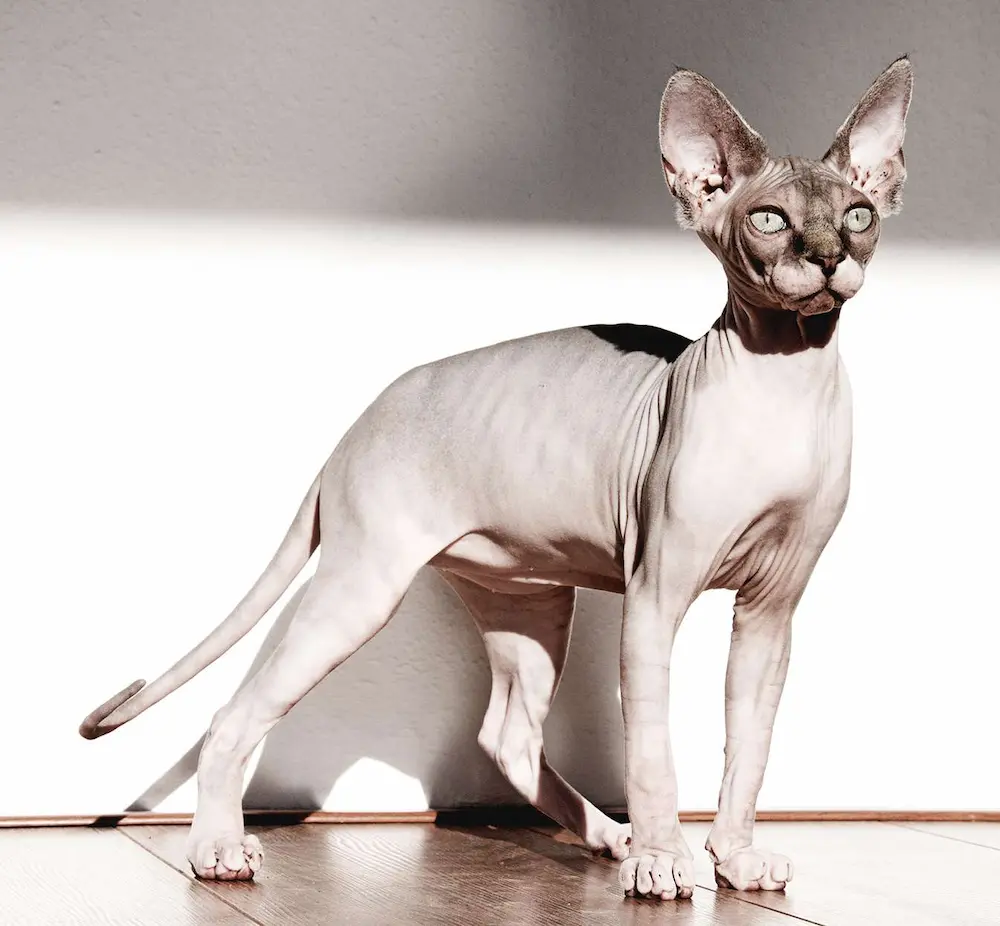
Diving into the world of unique felines, let’s unfold the mystery of the Sphynx.
Known for its hairless appearance, this breed stands out in the crowded world of pedigreed cats.
But there’s so much more to this
Birth of a Hairless Wonder
The Sphynx, with its hairless body, might seem like an invention of modern pet fashion, but its origins are as fascinating as its appearance.
The breed as we know it began in 1966, not by human design, but as a natural genetic mutation in a domestic
This single kitten, named Prune for its wrinkled skin, was the cornerstone of the Sphynx breed.
Breeders saw potential in Prune’s unique appearance and began a careful breeding program, incorporating other naturally occurring hairless cats found in North America and Europe.
These efforts culminated in the Sphynx breed we adore today.
From this peculiar beginning, the Sphynx’s popularity soared.
It’s crucial, but, to understand that their hairlessness doesn’t mean they’re maintenance-free.
Their skin requires regular cleaning to remove oil buildup that fur would typically absorb.
Also, their lack of coat means they’re more sensitive to temperature extremes—something potential owners should consider.
What’s truly remarkable about the Sphynx isn’t just its skin, but its personality.
These cats are affectionate, energetic, and, surprisingly to some, quite warm to the touch.
Their warmth, both physical and emotional, makes them excellent companions.
They adore human attention, making them a fantastic option for families looking for an interactive pet.
Hence, if you’re contemplating bringing a Sphynx into your life, remember, they need as much care as they give love.
Their dietary needs are straightforward, but their skin and temperature sensitivity require attention.
Investing in high-quality
Frequently Asked Questions
What is the meanest house cat ?
The Siamese
Other breeds like the Sphynx, Bengal, Pixie Bob, Scottish Fold, Egyptian Mau, and Singapura also exhibit some levels of defensive behavior.
Their behavior can depend on individual personality, environment, and how they’re raised.
What is the cheapest cat ?
The most affordable
The Oriental Shorthair and Havana Brown are in the mid-range, while the Snowshoe can be found for $200 to $250.
The Domestic Shorthair is the least expensive, often under $50.
What is the number one beautiful cat ?
The Maine Coon
Nicknamed the “gentle giants,†Maine Coons have risen in popularity due to their majestic appearance and have recently topped TICA’s Top 10 Breeds list, surpassing the Bengal.
What is the most beautiful cat breed?
Several breeds are often celebrated for their beauty, including the Persian
Each of these breeds has distinctive features that contribute to their overall aesthetic appeal.
What cat is $1000?
Cats that can cost around $1,000 include the Siberian
The American Curl also falls into this price range at about $1,200.
More exotic or rare breeds like the Khao Manee can fetch prices up to $11,000, whereas a Norwegian Forest
Conclusion: The Allure of Popular Cat Breeds
Exploring the world of popular
Each breed brings its unique charm and personality to the table, from the silky fur of the Ragdoll to the striking patterns of the Bengal.
It’s clear that whether you’re looking for a cuddly companion or a regal roommate, there’s a
I’ve loved diving into the specifics of each breed, especially learning about the care needs of the hairless Sphynx and the robust health of the American Shorthair.
It’s been a reminder of the importance of choosing a pet that fits your lifestyle and being prepared for the responsibility that comes with it.
I hope this guide has been as enlightening for you as it has been for me.
Here’s to finding the purr-fect feline friend to fill your home with joy and companionship.
